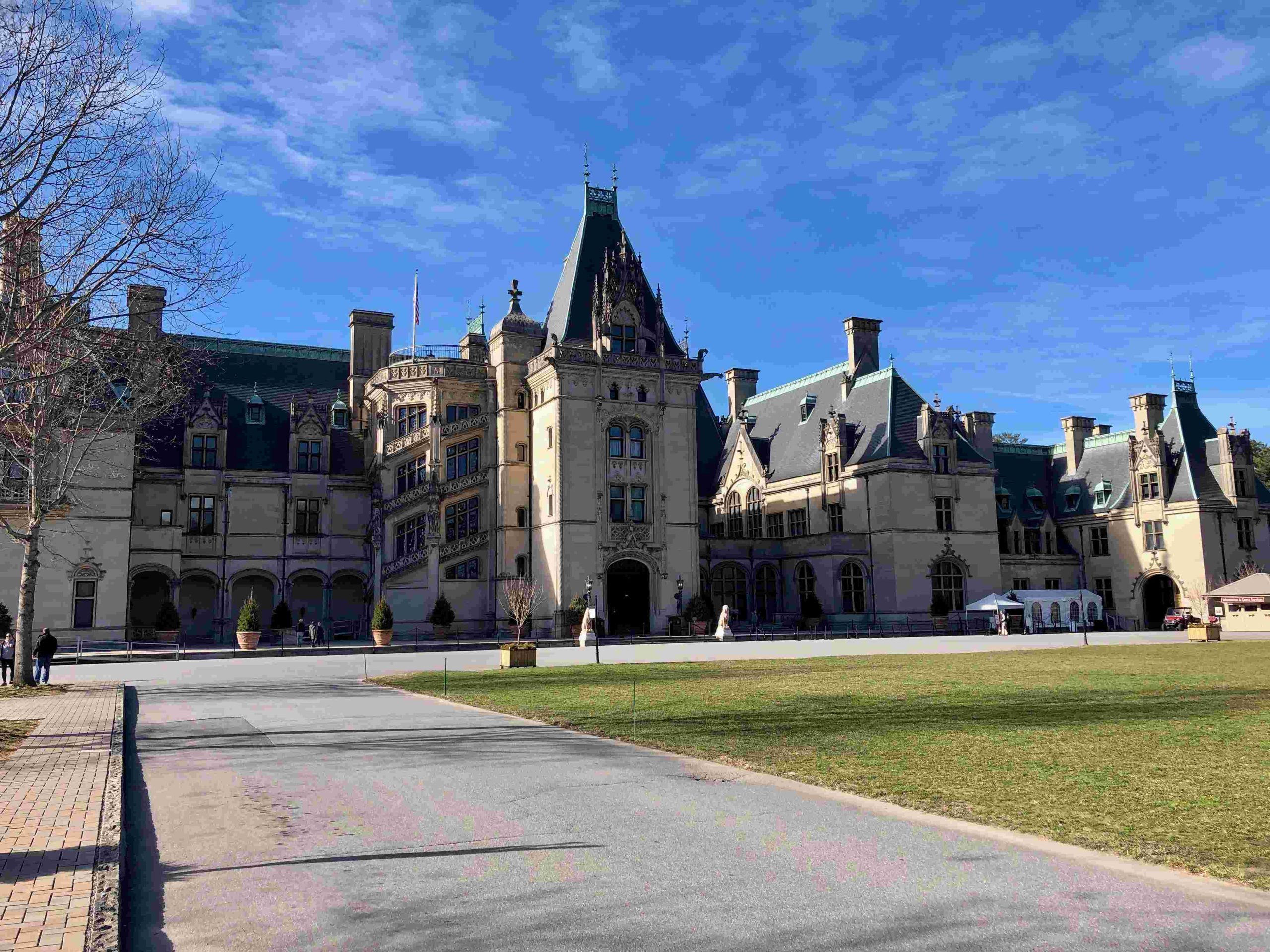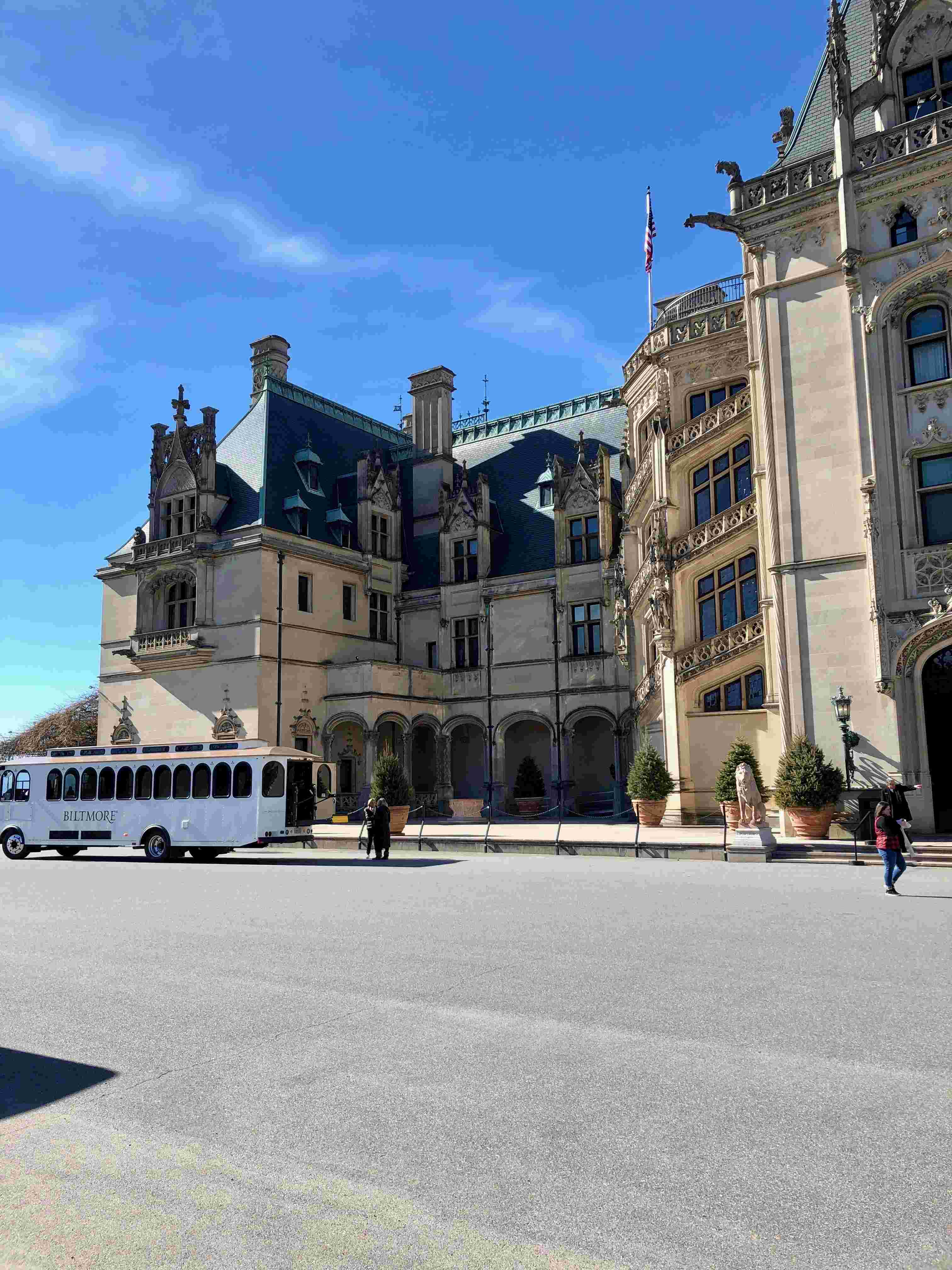Biltmore Estate accessibility encompasses various features to accommodate guests with diverse needs. The estate offers wheelchair access to certain areas, ADA-compliant parking, and modified tours for those with limited mobility. While not all historic areas are fully accessible due to preservation constraints, Biltmore strives to provide an inclusive experience. This guide details the available accommodations, limitations, and tips for visitors requiring accessibility assistance at America’s largest private residence.
What Wheelchair Access Options Are Available at Biltmore Estate?

Biltmore Estate has made efforts to accommodate wheelchair users, though some limitations exist due to the historic nature of the property:
- Biltmore House:
- Wheelchairs are available on a first-come, first-served basis for inside tours.
- Only the First and Second Floors are accessible via elevator.
-
Some areas may have narrow passages challenging for wheelchair navigation.
-
Winery:
-
Wheelchairs are also available here on a first-come, first-served basis.
-
Gardens:
- The Walled Garden and Conservatory are ADA-accessible.
- Some formal and informal gardens may not be fully accessible due to their historic design.
It’s important to note that while efforts have been made for accessibility, the historic nature of Biltmore Estate means that not all areas can be fully modified without compromising their integrity.
How Does Parking Accommodate Visitors with Disabilities?

Biltmore Estate provides accessible parking options for guests with mobility disabilities:
- ADA-compliant parking spaces are available in most estate parking lots.
- These spaces are reserved for visitors with state-issued parking permits.
- While exact numbers aren’t specified, the estate ensures adequate accessible parking is available.
Visitors should arrive early to secure these spots, especially during peak seasons.
What Tour Options Exist for Guests with Limited Mobility?
Biltmore Estate offers modified tour experiences for guests with limited mobility:
- House Tours:
- Limited to First and Second Floors
- Elevator access between these floors
-
Some historic staircases may be challenging
-
Garden Tours:
- Walled Garden and Conservatory are fully accessible
-
Other gardens may have limited accessibility
-
Winery Tours:
- Generally accessible, with wheelchairs available
While specific schedules for accessible tours aren’t provided, guests can inquire at the estate for more detailed information and assistance in planning their visit.
Are There Public Transportation Options to Reach Biltmore Estate?
Unfortunately, detailed information about public transportation options specifically for reaching Biltmore Estate is not provided. Most visitors typically rely on:
- Personal vehicles
- Private transportation services
- Rental cars
For those without personal transportation, it’s advisable to contact local taxi services or ride-sharing apps for options to reach the estate.
What Additional Accessibility Features Does Biltmore Estate Offer?
Beyond wheelchair access and parking, Biltmore Estate provides several other accessibility features:
- Service Animals:
- Allowed in all public areas of the estate
-
Must be leashed and under control at all times
-
Rest Areas:
-
Multiple seating areas throughout the estate for guests needing to rest
-
Accessible Restrooms:
-
Located throughout the property
-
Staff Assistance:
-
Trained staff available to assist guests with special needs
-
Audio Guides:
- Available for self-guided tours, beneficial for guests with visual impairments
How Can Visitors Best Prepare for an Accessible Visit to Biltmore Estate?
To ensure the best possible experience, visitors requiring accessibility accommodations should:
- Plan Ahead:
- Contact Biltmore Estate in advance to discuss specific needs
-
Inquire about current accessibility options, as they may change
-
Arrive Early:
- Secure accessible parking
-
Allow extra time for navigation
-
Bring Necessary Equipment:
-
While some wheelchairs are available, bringing personal mobility devices is recommended
-
Check Weather:
-
Outdoor areas may be more challenging in inclement weather
-
Consider Visiting During Off-Peak Times:
- Less crowded periods may offer easier navigation
What Are the Limitations of Biltmore Estate’s Accessibility?
While Biltmore Estate strives for inclusivity, some limitations exist:
- Upper Floors: The Third and Fourth Floors of Biltmore House are not accessible to wheelchair users.
- Historic Staircases: Some areas feature narrow, historic staircases that may be challenging.
- Garden Paths: Not all garden paths are wheelchair-friendly due to their historic nature.
- Antique Furnishings: To preserve historic integrity, some rooms may have limited space for maneuverability.
How Does Biltmore Estate Compare to Other Historic Sites in Terms of Accessibility?
Biltmore Estate’s accessibility efforts are commendable, especially considering the challenges of preserving a historic property. Here’s a comparison:
| Feature | Biltmore Estate | Typical Historic Sites |
|---|---|---|
| Wheelchair Access | Partial (1st & 2nd floors) | Often limited |
| Elevator | Available | Rare in many historic buildings |
| Garden Accessibility | Partial | Varies widely |
| Parking | ADA-compliant spaces | Not always available |
| Staff Training | Accessibility-focused | Varies |
While not perfect, Biltmore Estate demonstrates a commitment to accessibility that surpasses many comparable historic sites.
What Future Plans Does Biltmore Estate Have for Improving Accessibility?
While specific future plans aren’t detailed, Biltmore Estate continually evaluates and improves its accessibility features. Visitors should:
- Check the official website for updates
- Contact the estate directly for the most current accessibility information
- Provide feedback on their experiences to help inform future improvements
Biltmore Estate’s commitment to preserving history while accommodating modern accessibility needs is an ongoing process, balancing preservation with inclusivity.
In conclusion, Biltmore Estate accessibility offers a range of accommodations for visitors with diverse needs. While historic preservation presents some challenges, the estate’s efforts to provide wheelchair access, modified tours, and other accessibility features demonstrate a commitment to inclusivity. By planning ahead and understanding the available options, visitors requiring accessibility assistance can enjoy a memorable experience at this iconic American landmark.
